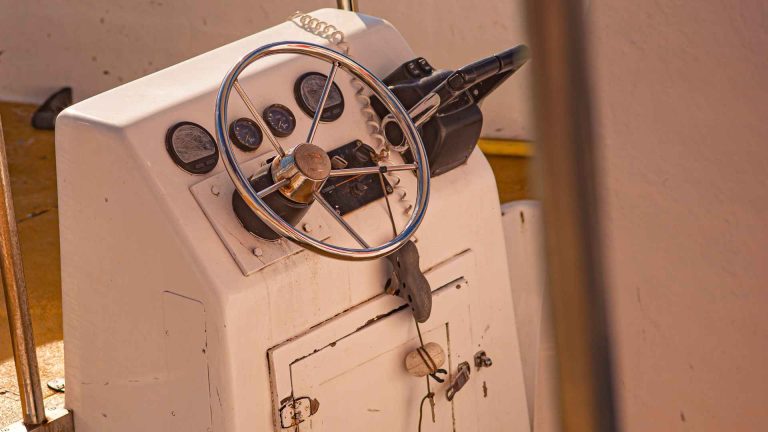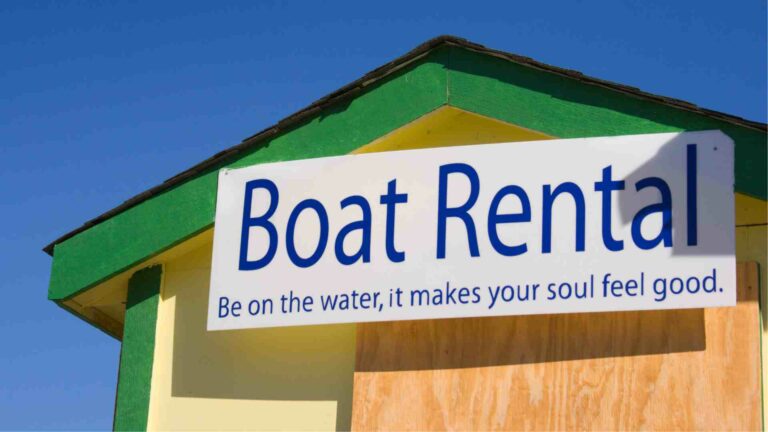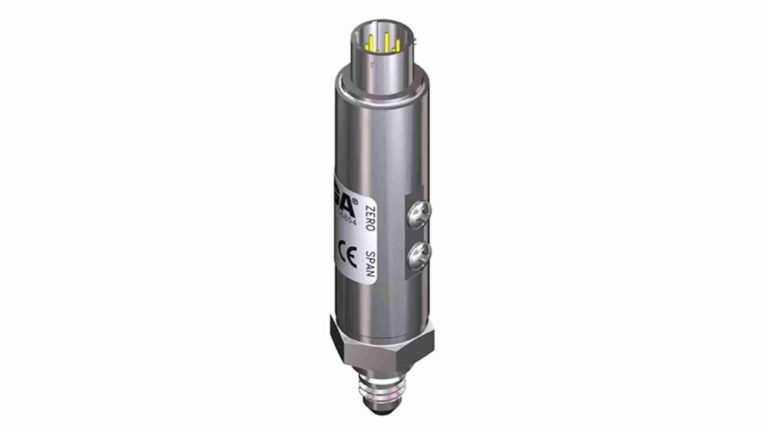What Should You Do First If Your Boat Runs Aground?
Boating offers a unique blend of tranquility, adventure, and breathtaking vistas. However, even the most seasoned mariners can encounter unexpected challenges, such as running aground. When this occurs, swift and decisive action is crucial to ensure the safety of your boat and its occupants.
Initial Assessment and Safeguarding
- Remain Calm and Assess the Situation: Upon realizing your boat has run aground, prioritize maintaining composure and assessing the situation. Check for any signs of damage to your boat or injuries to crew members.
- Turn Off Engines: Immediately shut down all engines to prevent further damage to the hull or propeller. This will also minimize the risk of electrical hazards due to water intrusion.
- Secure the Boat: Prevent your boat from further drifting or shifting by securing it to a fixed object, such as a nearby anchor or another grounded vessel. If possible, use additional lines or ropes to stabilize the boat.
Evaluating the Grounding and Rescue Options
- Determine the Severity of Grounding: Assess the severity of the grounding by examining the extent of your boat’s contact with the bottom. If the grounding is minor and the boat is not severely damaged, you may be able to refloat it independently.
- Consider Weather Conditions: Evaluate the current and forecasted weather conditions. Strong tides, rising water levels, or choppy seas can complicate refloating efforts and may necessitate calling for assistance.
- Assess Your Options: Based on the severity of grounding and weather conditions, determine your best course of action. If refloating is possible, proceed with caution and follow the necessary steps. If conditions are unfavorable, consider calling for assistance from the Coast Guard or a tow service.
Refloating Procedures for Minor Groundings
- Check Depth and Surrounding Hazards: Before attempting to refloat, ensure there is sufficient water depth and no hidden obstacles that could further damage your boat.
- Reduce Weight: Remove unnecessary weight from the boat to decrease the draft and increase buoyancy. This may involve transferring passengers or equipment to another vessel or a nearby shore.
- Utilize Boat’s Steering and Engine: If your boat has an outboard motor, tilt the engine up slightly to protect the propeller. Use the boat’s steering and engine power cautiously to rock the boat free from the grounding.
- Seek Assistance if Necessary: If refloating attempts are unsuccessful, don’t hesitate to call for assistance from the Coast Guard or a tow service. They have the expertise and equipment to safely refloat your boat.
Additional Considerations
- Preventative Measures: To minimize the risk of running aground, always follow safe boating practices, including paying attention to navigational charts, observing speed limits, and being aware of changing tides and currents.
- Emergency Preparedness: Ensure your boat is equipped with appropriate safety gear, including life jackets, a first aid kit, and fire extinguishers. Familiarize yourself with emergency procedures and have a communication plan in place.
- Stay Informed: Regularly check weather forecasts and tide tables to stay informed about changing conditions that could affect your boating experience.
By following these guidelines and prioritizing safety, you can effectively manage grounding emergencies and ensure a safe and enjoyable boating experience. Remember, preparedness and swift action are key to navigating unexpected challenges on the water.
Share What Should You Do First If Your Boat Runs Aground? with your friends and leave a comment below with your thoughts.
Read What Should You Do Before Fueling Your Boat? until we meet in the next article.






